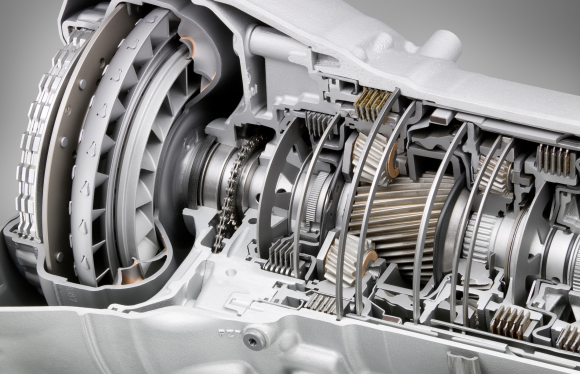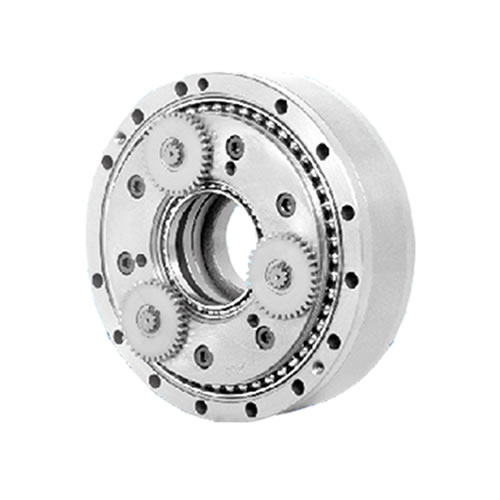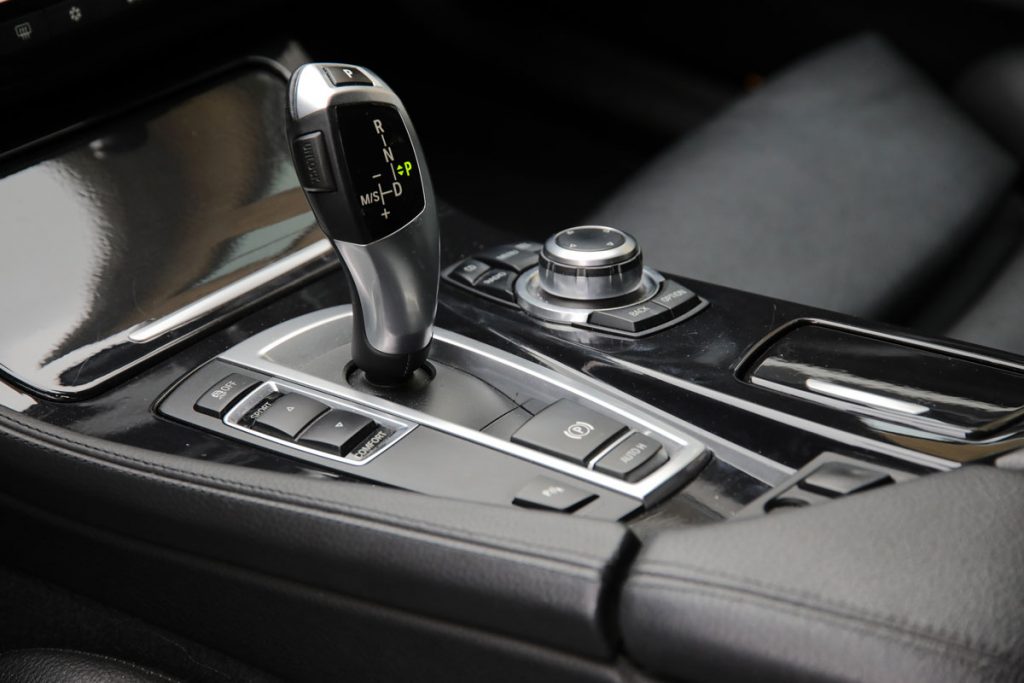Welcome back! This second part of How Do Gearboxes Work will cover:
– The Role of Synchronizers in Mechanical Gearboxes
– How Do Automatic Gearboxes Work?
– Advantages of Automatic Gearboxes
– Disadvantages of Automatic Gearboxes
– How Do Robotic Gearboxes Work?
– Advantages of Robotic Gearboxes
– Disadvantages of Robotic Gearboxes
If you did not have a chance to read part 1, please click here.
Previously, we have seen the following in part 1:
– What Is a Gearbox?
– What Is the Role of the Gearbox?
– Characteristics of the Different Types of Gearboxes
– How Do the Gearboxes Work?
Now, Let’s Continue…
In a car, the gearbox allows the power generated by the combustion engine to be transmitted to the driving wheels by more or less reducing the speed of the engine output shaft depending on the speed. This gesture, therefore, depends on the synchronizer.
The Role of Synchronizers in Mechanical Gearboxes
The synchronization system was developed and used by Cadillac from 1929 onwards. It became generalized from the 1930s on most automobiles. The gears that make up each gear of the transmission become integral when they are driven in order to transmit engine torque and create the transmission movement. These parts do not all rotate at the same speed and their synchronization becomes necessary to facilitate their engagement. The synchronizer, commonly known as “synchro”, is a friction cone that allows the speed of the gears to be synchronized. This prevents creaking when changing gears, as well as double disengaging the clutch to avoid it every time.
How Do Automatic Gearboxes Work?

The torque converter manages slip, equivalent to wheel-slip, when shifting gears, it is often complemented today by a converter lock-up clutch that limits slip in order to accelerate gear shifting and lower fuel consumption related to slip. The converter is driven by the engine, which allows the pressurization and circulation of special oil generically called ATF (Automatic Transmission Fluid), providing energy for the hydraulic systems that are essential to activate the clutches and brakes. The gear changes of an automatic transmission are activated by opening and closing the clutches coupling the epicyclic trains or by stopping their rotation controlled by hydraulic pressure. The electronic control of modern automatic transmissions adapts to the driver’s driving style to manage gear changes. It also adapts to the roadway configuration.
Advantages of Automatic Gearboxes:
– Elimination of gear and clutch shifting manoeuvres;
– speed of gear changes compared to manual gearboxes;
– less stress at the wheel and better concentration on driving;
– Smooth gear shifts, resulting in improved driving comfort;
– the electronic management system ensures that the right gear is always selected according to the road profile;
– a clutchless manual shift mode is available for sporty driving;
– they have more gears than manual gearboxes, which improves efficiency and reduces fuel consumption.
Disadvantages of Automatic Gearboxes:
– Slightly increased fuel consumption under certain circumstances, especially with older-design automatic gearboxes;
– torque converter slippage on older automatic transmissions;
– they are expensive to repair or replace.
Good to know: Maintenance of automatic transmissions is limited to an oil change; oil replacement and filter screen (filter) change every 40,000 km for older transmissions and every 130,000 to 140,000 km for newer transmissions. All automatic transmissions require regular maintenance, even if they are promoted as “maintenance-free” by the vehicle manufacturers.
How Do Robotic Gearboxes Work?
It is a mechanical gearbox equipped with sensors, an ECU and a hydraulic system that controls the clutch(s) in the case of a dual-clutch model. The gears are shifted by hydraulic or electric servomotors or both. Robotic gearboxes are also adaptive.
Advantages of Robotic Gearboxes:
– They do not have a clutch control and have a fully automatic driving mode;
– They also offer a manual driving mode via a gear or paddle lever on the steering wheel;
– they offer an interesting alternative of automatism on small cars;
– with dual clutches, they allow faster gear changes.

Disadvantages of Robotic Gearboxes:
– the slow operation of the first models of robotised gearboxes with abrupt gear changes that cause jerking and loss of engine torque between gear changes ;
– the low reliability of the electronic systems of some of the early robotic gearboxes;
– Older models of single-clutch robotic transmissions do not have a transmission lock (P position on the selector);
– repairs are complicated and expensive.
Good to Know:
As early as 1948, Citroën’s famous 2CV had 4 gearboxes, with a special designation: we were not talking about 4th gear, but S gear, for overdrive. Today, some cars have up to 8 gears. For example, the BMW X6 has 8-speed automatic transmission. A transmission with 6 or more gears allows you to reduce fuel consumption without changing technology.
The gearbox has a complex technology, some cars are known to have fragile gearboxes: for example the Golf4, the Polo, the Mini, but also the Clio and some Audi.
Hope you have liked this post. Remember to leave your comments in the section below!



One thought on “How Do Gearboxes Work? (Part 2)”